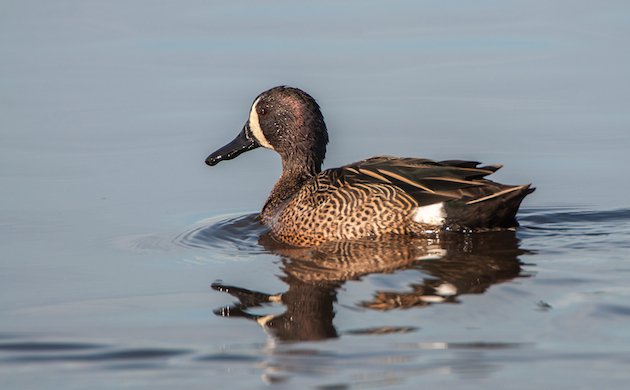
The Blue-winged Teal (Anas discors) is not that common in California except along the coast, so I was pretty excited to discover several pair and a few non-paired individuals of the species at Sacramento National Wildlife Refuge on the day I had reserved photo blind #2. Click on photos for full sized images.
Of course the drakes get all of the glory in the duck world but I think the females are just as beautiful in their own way with their heavily patterned feathers. This is the female Blue-winged Teal. Note the blue on the top of the beak.
Blue-winged Teal breed over a large portion of North America but occur irregularly or at low densities in many portions of their range. The highest breeding densities occur in mixed-grass prairie and parklands of north-central U.S. and the prairie provinces of Canada, where the species is often the most abundant breeding duck1.
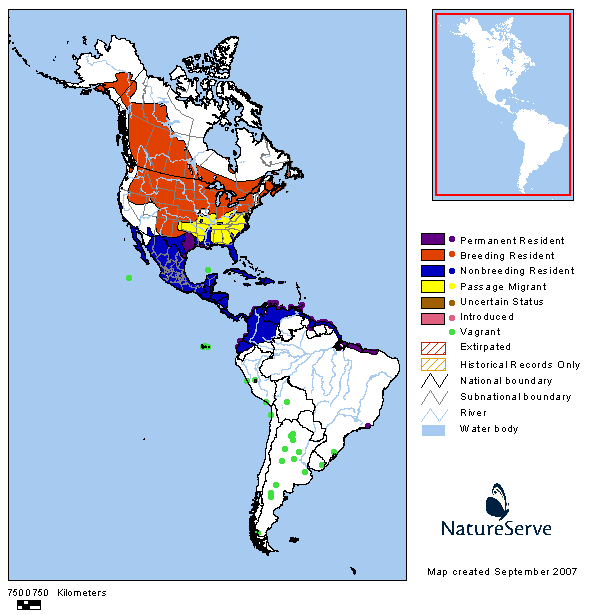
It was a gorgeous day at the refuge, slightly overcast and no wind created perfect conditions for wildlife photography, which is one of the important wildlife-dependent recreational activities guaranteed on our refuges.
It was afternoon by the time the ducks decided it was time to take a break from foraging and rearrange their feathers.
They kept a close eye on me but finally relaxed enough to preen freely…
and really show their stuff.
Once every feather is clean and in place, it’s time to relax and enjoy a little shut eye.
I was able to shoot some video of the Blue-winged Teal pair preening and foraging at the refuge. A couple of Green-winged Teal drakes shared in the activity. You will also hear several Marsh Wrens in the background. They were seen and heard all over the refuge wherever bulrush was found.
httpv://youtu.be/AxTQfMazAD4
This short video shows the head shaking behavior Blue-winged Teal exhibit just before they take flight when they feel uneasy or threatened. It also includes Black-necked Stilts, Green-winged Teal, and American Coots. You can also hear Red-winged Blackbirds, Western Meadowlark and more Marsh Wrens singing.
httpv://youtu.be/V0_Yi28mT0o
If you enjoy our National Wildlife Refuges as much as I do, please join us in support of a new revenue stream for our refuge system in the form of a Wildlife Conservation Stamp.
References:1Birds of North America Online


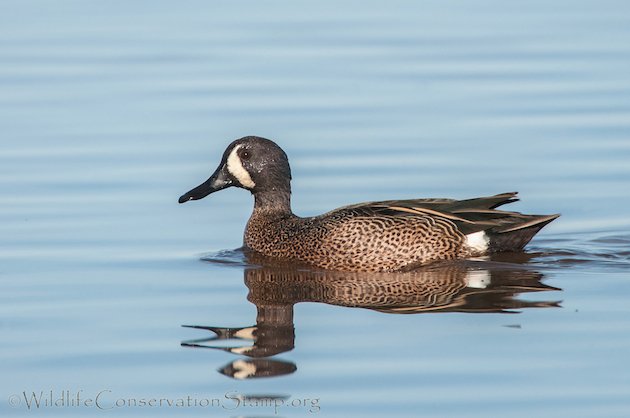
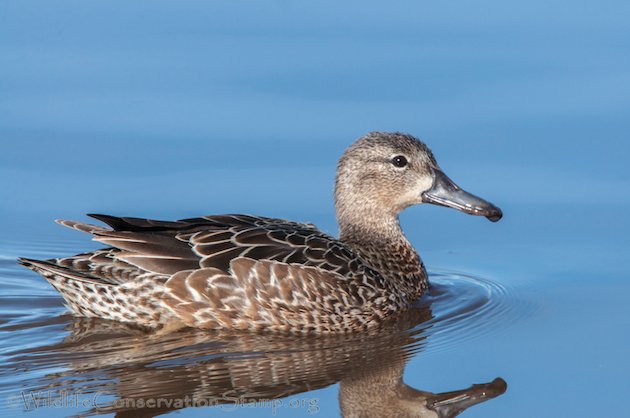
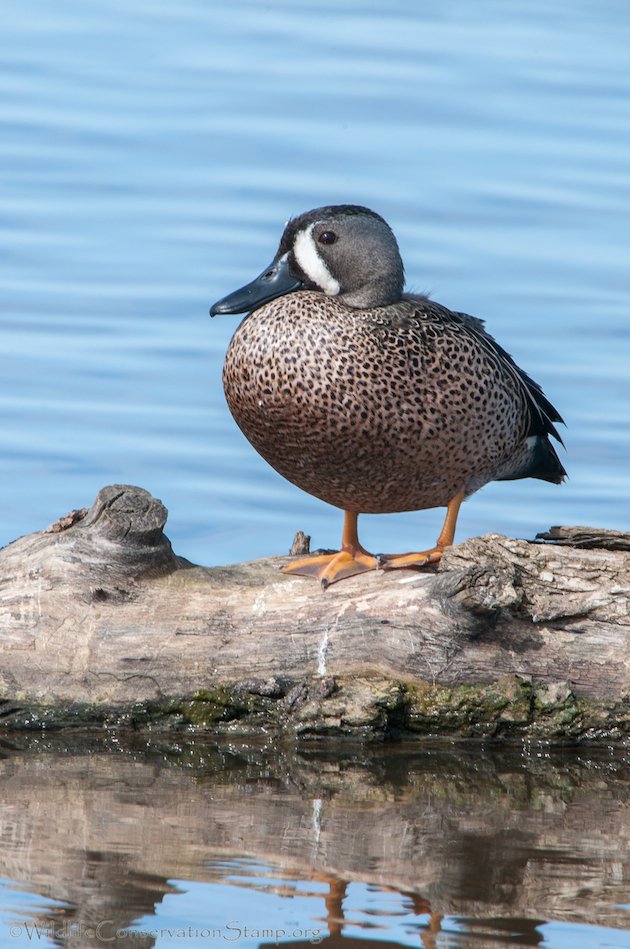
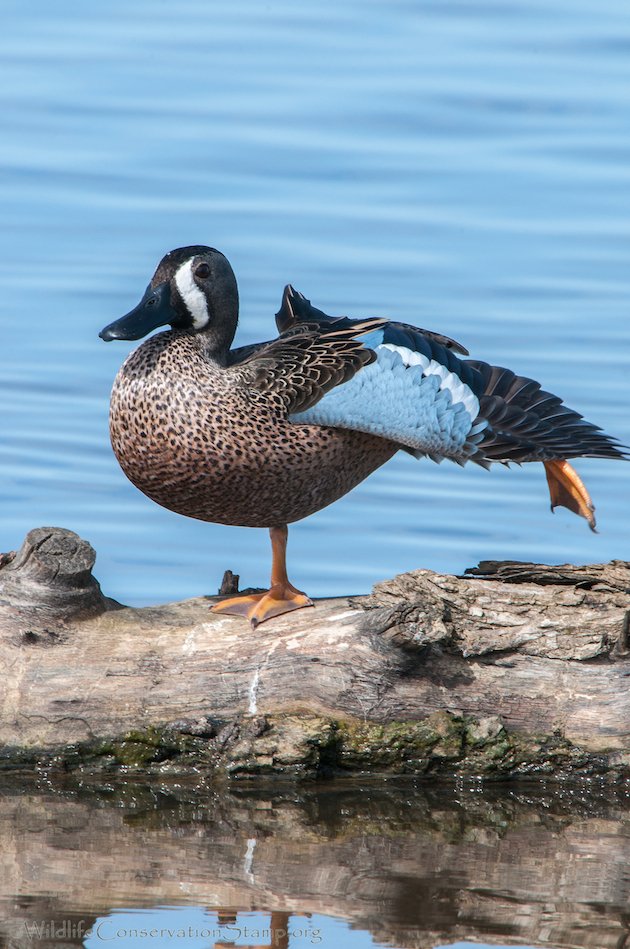
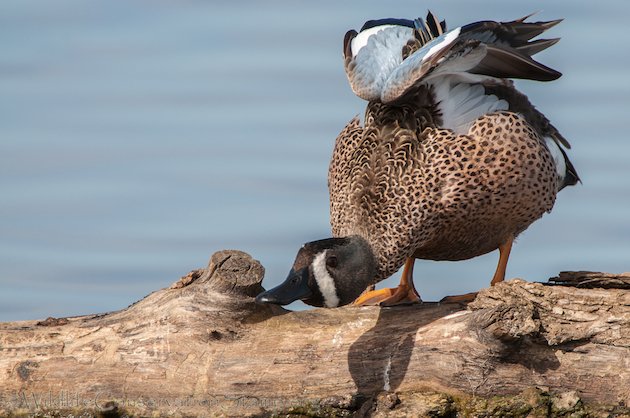
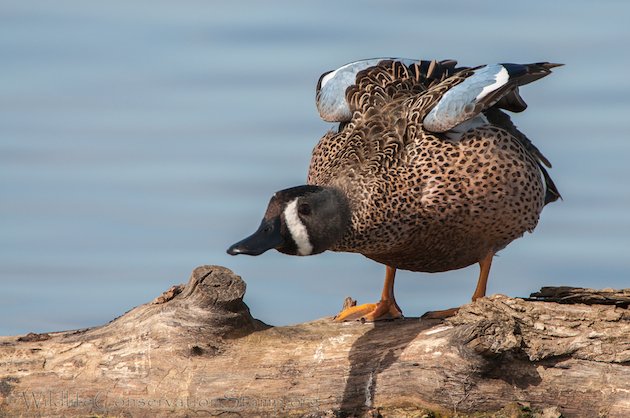
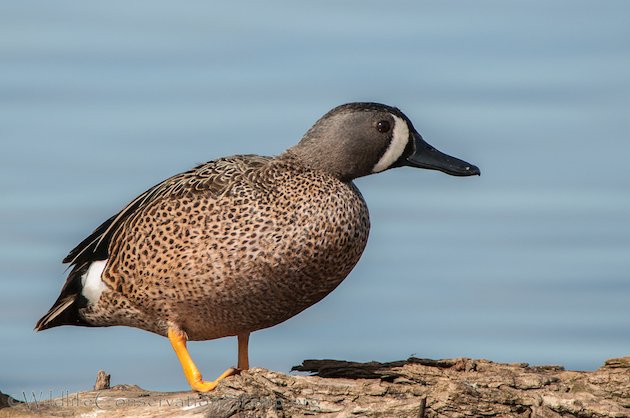
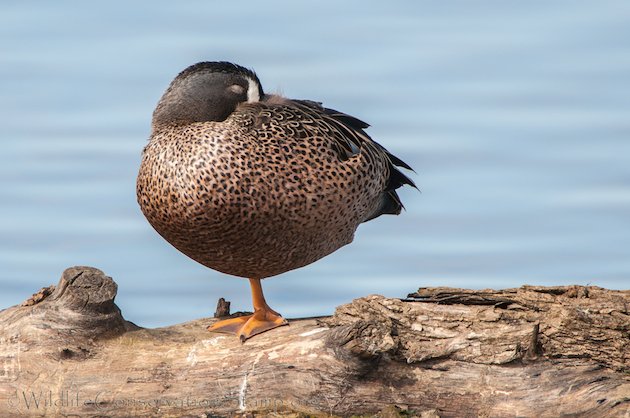











What a great photo with the wing all spread out, showing us the lovely blue!
Wow great wild life photographs! Thanks for sharing them. You just made my day better!